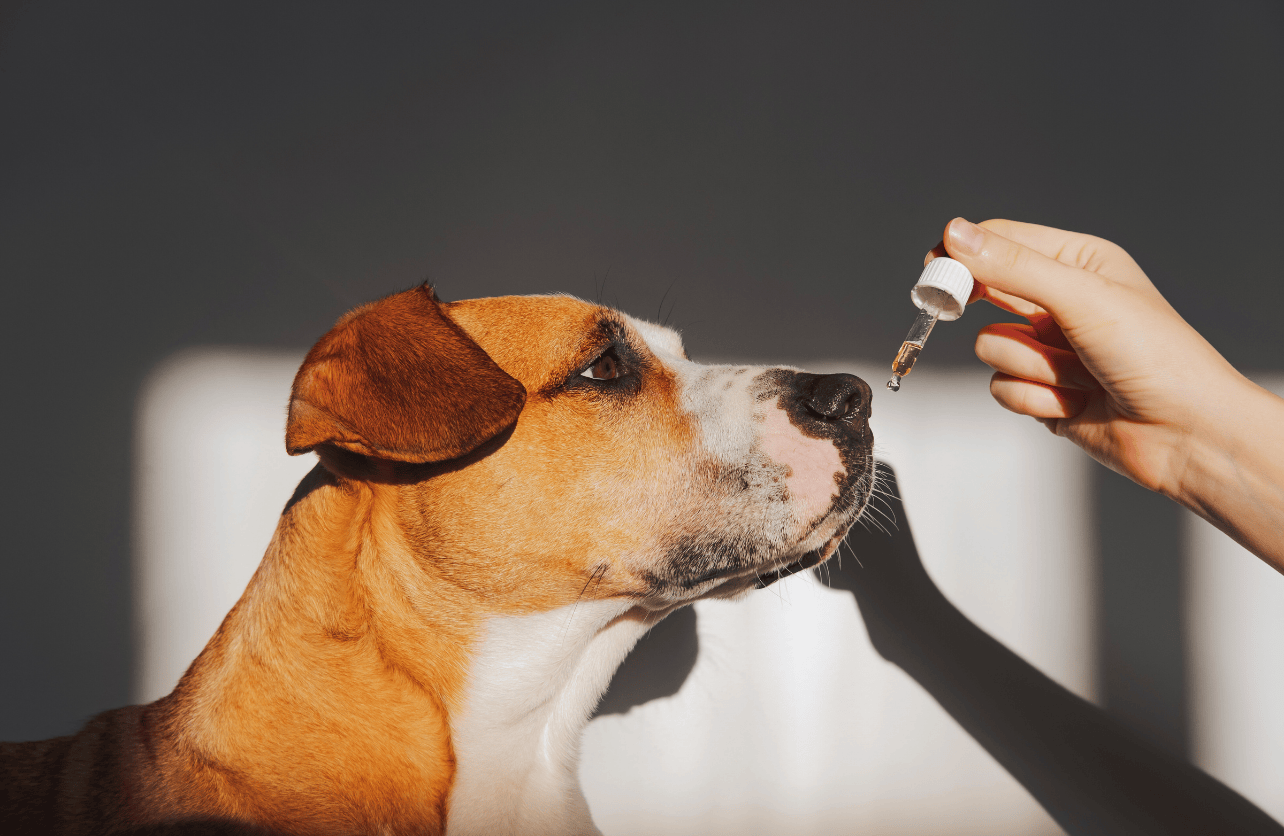How to Administer Liquid Medicine to a Dog That Won’t Cooperate

Giving liquid medicine to a dog that resists can be a challenging experience, but with patience and the right techniques, you can make the process smoother for both you and your furry friend. Whether it’s liquid cough suppressants or another type of medication, this guide provides practical strategies to help you administer it safely and effectively, even to the most uncooperative dogs.
Understanding Why Dogs Resist Medicine
Before diving into solutions, it helps to understand why your dog might resist taking medicine. Dogs have a heightened sense of taste and smell, which makes them sensitive to unfamiliar substances. Additionally, being restrained and having something forced into their mouth can be stressful for them. By approaching the situation calmly and confidently, you can ease their discomfort and increase your chances of success.
Preparation Is Key
Read the Instructions
Always read the medication label and follow your vet’s instructions. Some medications need to be given with food, while others are more effective on an empty stomach.
Gather Your Supplies
Have everything you need within reach, including the medication, a dosing syringe, and a towel or blanket if you need to gently restrain your dog.
Techniques for Administering Liquid Medicine
Mix It With Food
If your dog isn’t too picky, mixing the medicine into their favorite food or treat can be the easiest method. Use strong-smelling or tasty foods like peanut butter, canned dog food, or plain yogurt to mask the medicine’s flavor.
Tip: Start with a small amount of food to ensure your dog eats the entire portion containing the medication.
Use a Dosing Syringe
If mixing the medicine with food isn’t an option, a dosing syringe is your best bet. Here’s how to do it effectively:
- Position Your Dog: Have your dog sit or stand on a non-slip surface. If it’s wiggly, enlist a helper to gently hold it in place or use a towel to wrap it snugly.
- Insert the Syringe: Gently pull back the side of your dog’s lip and insert the syringe into the space between their teeth and cheek.
- Administer the Medicine: Slowly squirt the liquid into their mouth, aiming for the back of their throat to encourage swallowing.
- Reward Them: Immediately praise your dog and offer a treat to create a positive association with the process.
Use a Pill Pocket Alternative
Some liquid medications can be absorbed into soft treats like bread or a dog-safe pill pocket. Check with your vet to ensure this method is suitable for your dog’s medicine.
Handling a Stubborn Dog
Stay Calm and Confident
Dogs can pick up on your emotions. Approach the situation calmly and avoid rushing or showing frustration.
Restrain Gently
For particularly uncooperative dogs, gently wrapping them in a towel can prevent excessive movement without causing distress.
Be Quick but Gentle
The less time the process takes, the less stress it causes for both you and your dog. Practice the steps beforehand to ensure a smooth execution.
What to Do After Administering the Medicine
Monitor for Reactions
Keep an eye on your dog to ensure it has swallowed the medication and doesn’t show signs of adverse reactions, such as vomiting or diarrhea.
Reinforce Positive Behavior
To reward their cooperation, offer plenty of praise, petting, and their favorite treat. This will make future doses easier to administer.
When to Seek Help
If your dog consistently refuses the medication or becomes overly stressed during the process, consult your veterinarian. They may recommend an alternative form of the medication, such as flavored tablets or injections, or demonstrate professional techniques for administering liquid medicine.
Conclusion
Administering liquid medicine to a stubborn dog requires patience, preparation, and a little creativity. Strategies like mixing the medicine with food, employing a dosing syringe, or gently restraining your dog can ensure they get the treatment they need without unnecessary stress. Always prioritize your dog’s comfort and safety, and consult your vet if you encounter difficulties. With time and practice, even the most reluctant pup can learn to cooperate.
Your Pet’s Best Interest, Always
At Pet Institute, we take pet care seriously. We're dedicated to transparency, impartiality, and the well-being of your pets in every article, review, and recommendation we provide. Our unwavering commitment to these principles ensures that you, our valued reader, always receive reliable and unbiased information. Let us be your trusted guide in the world of pet care and companionship.